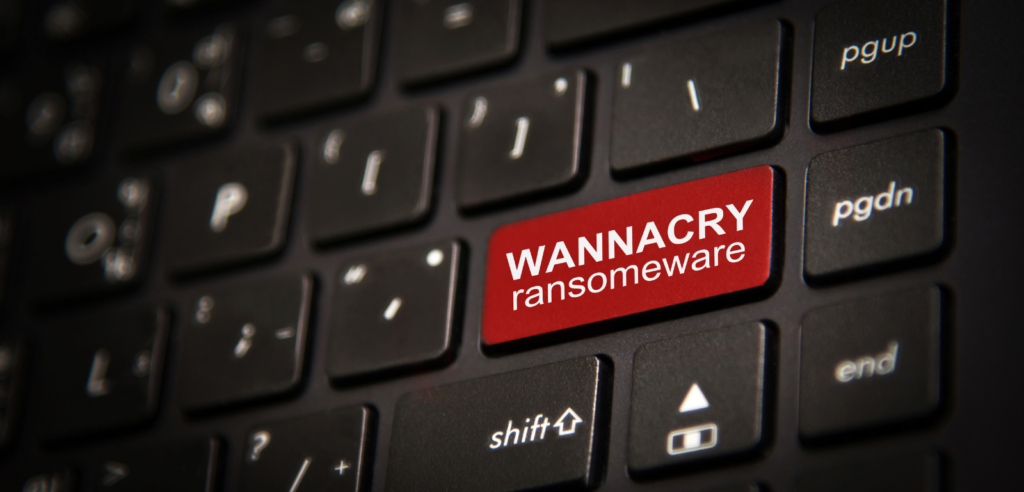blog post
WannaCry: The Ransomware Attack

In May 2017, the world experienced one of the most devastating and wide-reaching cyberattacks in history: the WannaCry ransomware outbreak. Within a couple of days, over 200,000 computers across more than 150 countries were locked down, crippling hospitals, transportation systems, businesses and governments – forever changing how we think about cybersecurity.
What Was WannaCry?
WannaCry was a fast-spreading ransomware that exploited a known vulnerability in Microsoft Windows systems, specifically the Server Message Block protocol vulnerability called EternalBlue. Once inside, it encrypted victims’ files and demanded a ransom payment in Bitcoin, typically around $300 to $600, in exchange for a decryption key.
What made WannaCry particularly dangerous wasn’t the ransomware itself but the speed and scale at which it spread. Systems that hadn’t been updated or patched were especially vulnerable, and the worm-like nature of WannaCry meant it could jump across networks almost instantly.
Who Was Affected?
The attack had a massive global footprint:
- United Kingdom — The National Health Service (NHS) was among the hardest hit, with canceled surgeries, disrupted emergency services, and locked-out patient records;
- Spain — Telecommunications giant Telefónica and other major firms were hit;
- Russia — Interior Ministry systems were impacted;
- United States — FedEx and other logistics companies faced disruptions;
- Across Asia and Europe — Universities, rail networks, and government systems felt the impact.
How Did It Spread So Fast?
The key to WannaCry’s rapid spread was EternalBlue, a vulnerability linked to leaked NSA tools. Microsoft had released a patch – MS17-010 – two months before the attack, but many systems hadn’t applied the update, often because of outdated software, complex legacy systems or simple neglect.
This lack of timely patching provided fertile ground for WannaCry to sweep across networks, encrypting machines one after another.
The Fallout and Lessons Learned
WannaCry caused an estimated $4 to 10 billion in damages globally. But beyond the monetary cost, it exposed glaring weaknesses in global cybersecurity hygiene.
Key lessons from WannaCry include:
- Patch management matters — Ignoring updates or delaying patches can expose organizations to massive risks.
- Legacy systems are a hidden danger — Old, unsupported software often can’t be patched, making it a liability.
- Global interdependence amplifies risks — A vulnerability in one place can ripple across the world in hours.
- Public-private collaboration is critical — Governments, security vendors, and businesses need to share threat intelligence and coordinate responses.
Where Are We Now?
Since the WannaCry outbreak, ransomware has evolved into an even bigger global threat. Attackers now often use double extortion, target critical infrastructure and run highly organized ransomware-as-a-service operations.
But many organizations still struggle with the basics – timely patching, strong backup strategies, network segmentation and employee training. The WannaCry outbreak should serve as a permanent reminder: when it comes to cyber defense, complacency is the enemy.
Final Thoughts
The WannaCry ransomware outbreak wasn’t just a headline – it was a turning point in global cybersecurity. It showed how a single vulnerability, if left unpatched, could ripple across the world in hours.
As we reflect on this event each May, it’s worth asking: “Is your organization doing enough to prevent the next WannaCry?
Let’s not wait for the next big attack to remind us how fragile our digital world can be.
Author
Purtika Pandey

